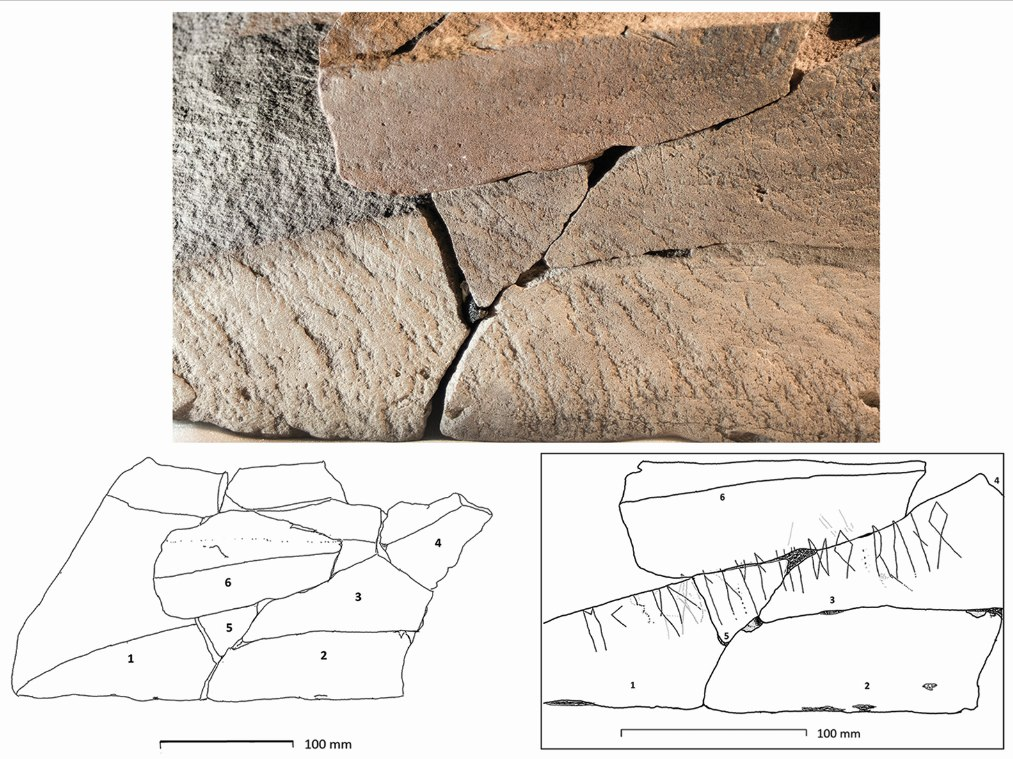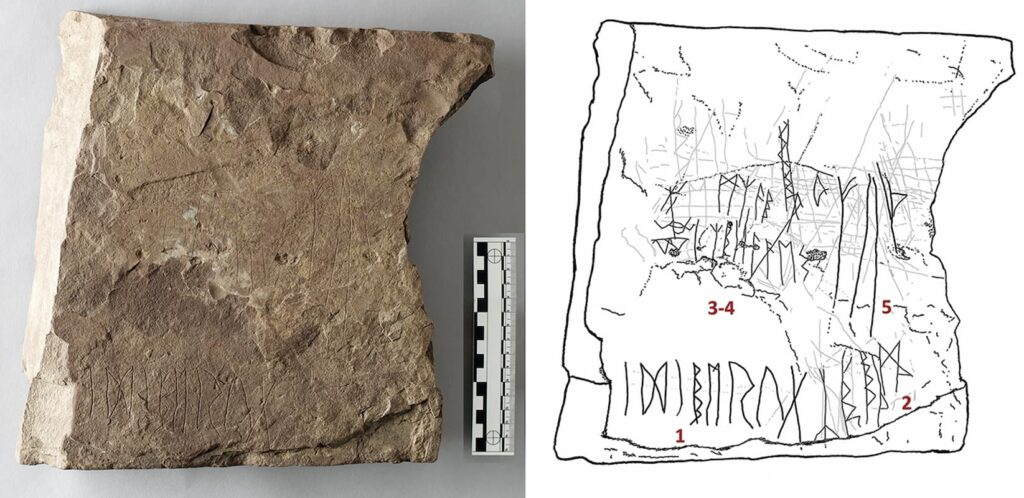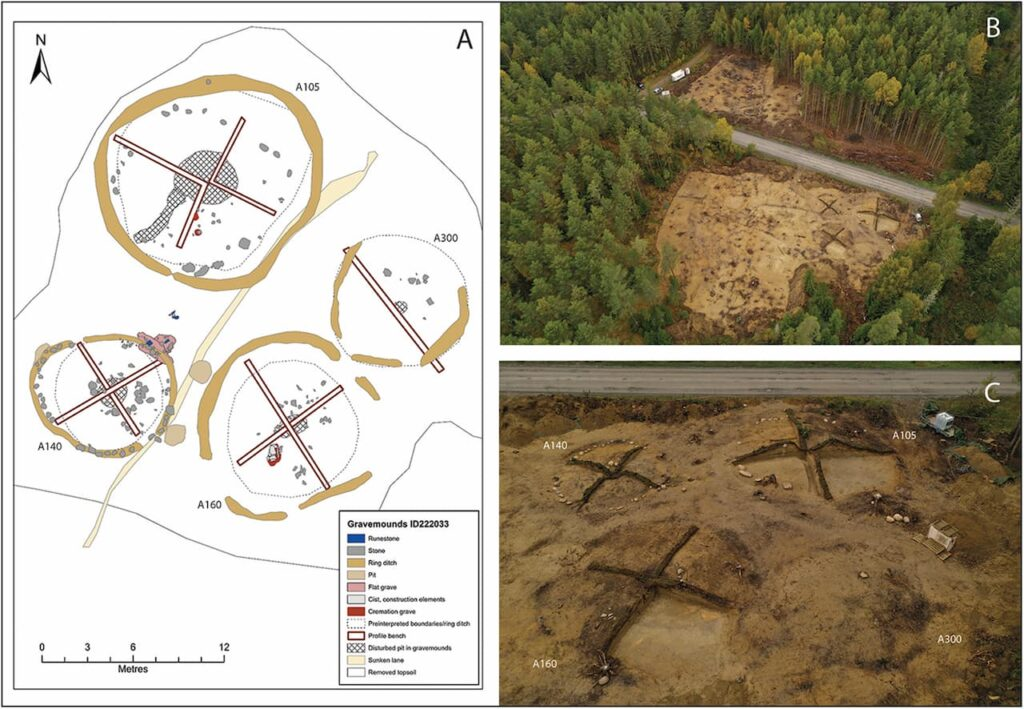A Groundbreaking Discovery at Svingerud Burial Field
Archaeologists in Norway have uncovered fragments of the world’s oldest known rune stone at the Svingerud burial field. These pieces, which were fitted together like a jigsaw puzzle, may have been deliberately broken apart, providing new insights into both the practical and ritualistic roles of Germanic rune stones.
The Origins of Runic Writing
Runes were the early writing system for Germanic languages before the adoption of the Latin alphabet, with their use spanning until approximately AD 700. However, much about their origins and purpose remains a mystery. This discovery sheds light on how runes were inscribed on stone and their potential ceremonial significance.
Dr. Kristel Zilmer, a runology professor at the University of Oslo and part of the research team, highlights the challenge of tracing the origins of runic inscriptions. She notes that rune stones likely served both commemorative and functional purposes, playing an integral role in burial traditions and community memory.
Puzzle Pieces of the Past
Excavations at the Svingerud grave field revealed several sandstone fragments inscribed with runes and other enigmatic symbols. Some of these markings suggest they may have been carved by different individuals over time. Researchers believe the original large rune stone was intentionally broken, its pieces later used in separate burials.
The painstaking assembly of these fragments provided an opportunity for precise dating. Radiocarbon analysis of cremated human remains and charcoal found at the site confirmed a time range between 50 BC and AD 275, making these the oldest known rune stone fragments to date.
Unanswered Questions and Future Research
This discovery raises intriguing questions: Were the fragmented stones meant to symbolically link different graves? Do the unknown markings bridge the gap between decorative symbols and early written language? Dr. Steinar Solheim, the study’s lead author, underscores the importance of these well-preserved rune fragments in expanding our understanding of early Scandinavian rune stones.
Solheim also encourages archaeologists to pay closer attention to stone fragments found in burial sites, as more rune inscriptions could be hiding in plain sight. With further analysis and excavation planned in the coming years, researchers hope to unravel more secrets about ancient Scandinavian culture and its early writing traditions.
The Significance of This Discovery
The findings at Svingerud offer a rare glimpse into the early use of runes, reshaping historical perspectives on their role in Scandinavian societies. As archaeological research continues, this discovery paves the way for a deeper understanding of the ceremonial and practical functions of rune stones, reinforcing their significance in ancient burial traditions.









